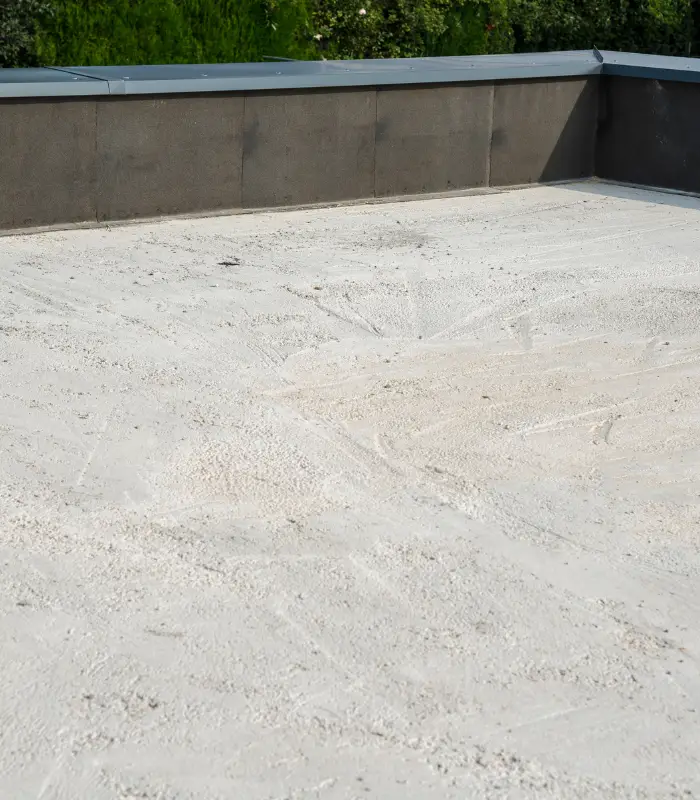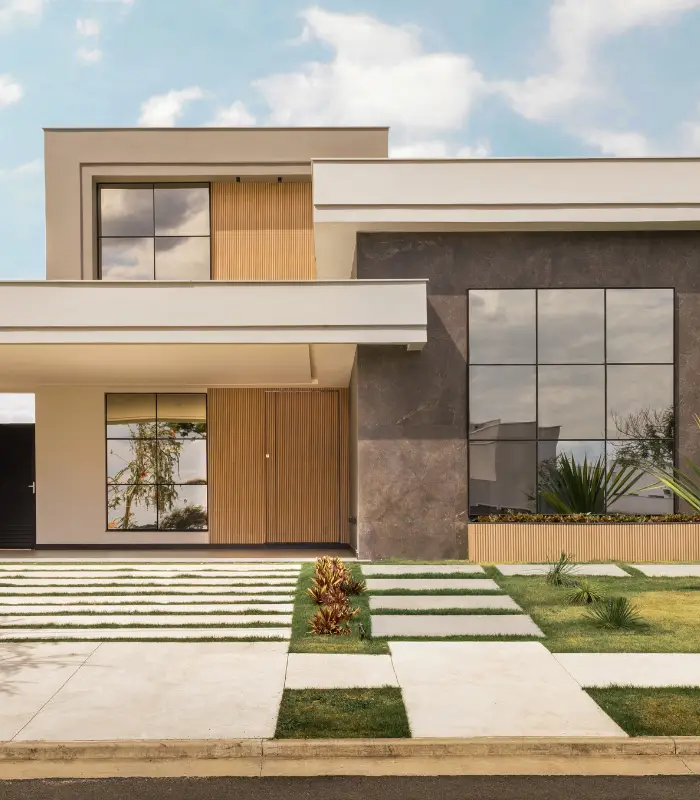Signs You Need Flat Roof Repair in Tucson, AZ
Flat roofs can be tough, but they’re not indestructible. Over time, small problems can turn into costly damage—especially if they’re ignored. Knowing what to look for helps you catch issues early and avoid major repairs. If you’ve noticed any of the signs below, it may be time to consider flat roof repair in Tucson, AZ.
Ponding Water
If water lingers on your roof for more than 48 hours after a rainstorm, it’s a red flag. Flat roofs should have enough slope to drain properly, even if they look level. Ponding water adds unnecessary weight and accelerates wear. Over time, this can lead to leaks and structural issues. It’s one of the most common warning signs we see during inspections.
Cracks or Blistering
Tucson’s heat can cause roofing materials to expand and contract, eventually leading to surface cracks or blisters. These weak spots make it easy for moisture to get in, especially during monsoon season. Left unchecked, small cracks can spread quickly. Spotting them early is key to preventing a full roof failure. This type of damage is often the first step toward a flat roof leak repair in Tucson, AZ.
Interior Water Stains
If you’re seeing water spots or brown stains on your ceiling, chances are the leak started on your roof. Flat roofs don’t always show external signs right away, so interior damage might be your first clue. Moisture can travel from one area to another before it shows up inside. If you notice new or expanding stains, it’s time to investigate. Delaying could lead to mold, rot, and costly drywall repairs.
Peeling or Bubbling Paint
Paint that bubbles, flakes, or peels—especially near the ceiling or upper walls—is often a sign of trapped moisture. This may be caused by leaks that have gone unnoticed for too long. Flat roofs are especially prone to hidden seepage. If your paint is telling a story, it’s probably time to check your roof. Addressing the issue early can save both your roof and your interior.
Soft or Sagging Spots
Walking on your flat roof should feel solid and stable. If certain areas feel soft or spongy underfoot, that usually indicates water damage below the surface. Long-term saturation can weaken insulation and decking, leading to more serious structural problems. These spots can be dangerous and are often the result of long-standing leaks. A sagging area is a top priority for any flat roof repair in Tucson, AZ.
Visible Seams or Flashing Damage
Seams and flashing are common weak points in any flat roofing system. Over time, they can separate, lift, or crack—especially in extreme temperatures. If these areas are exposed or visibly damaged, water has a direct path inside. Regular maintenance helps catch these issues early. But if they’ve already failed, repair is the only way to stop further damage.



